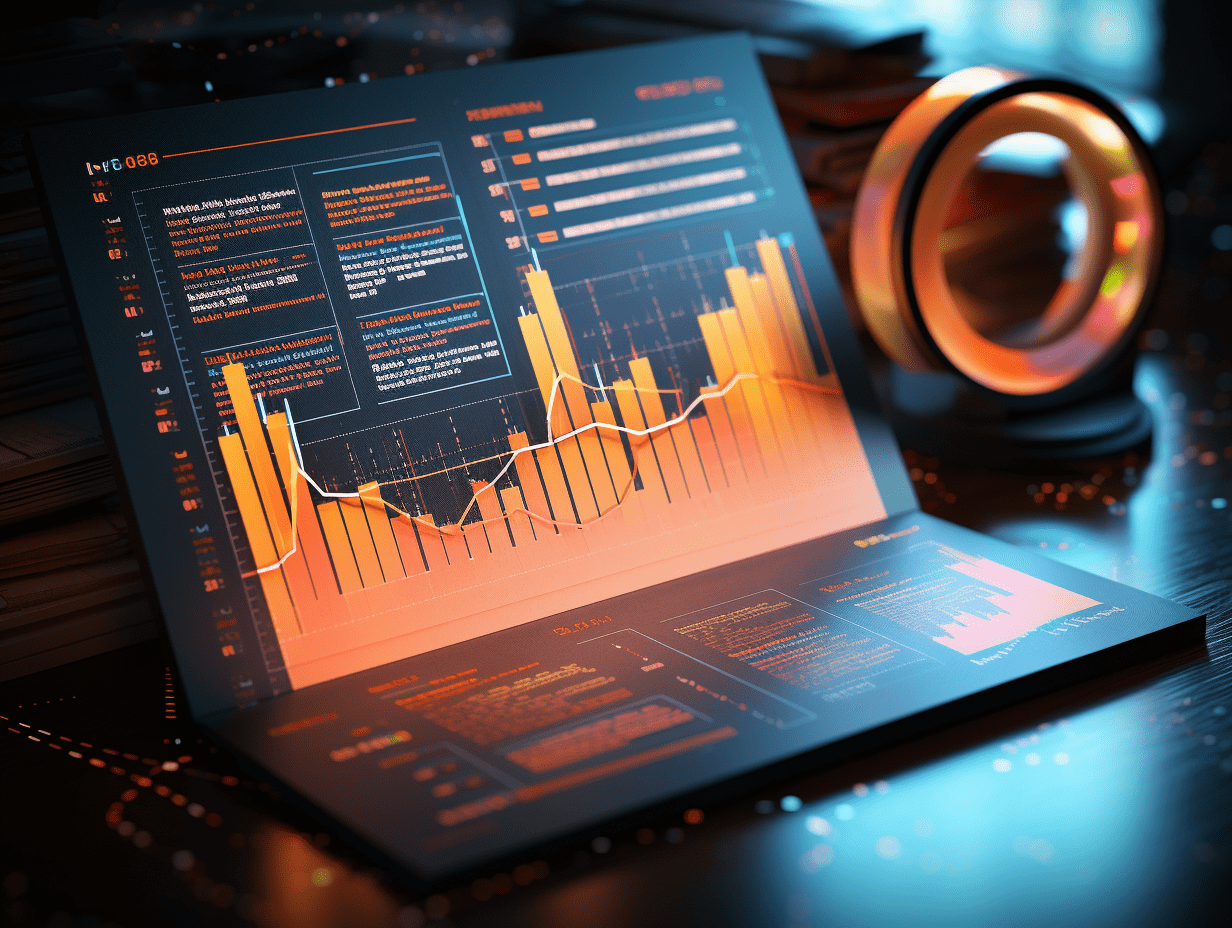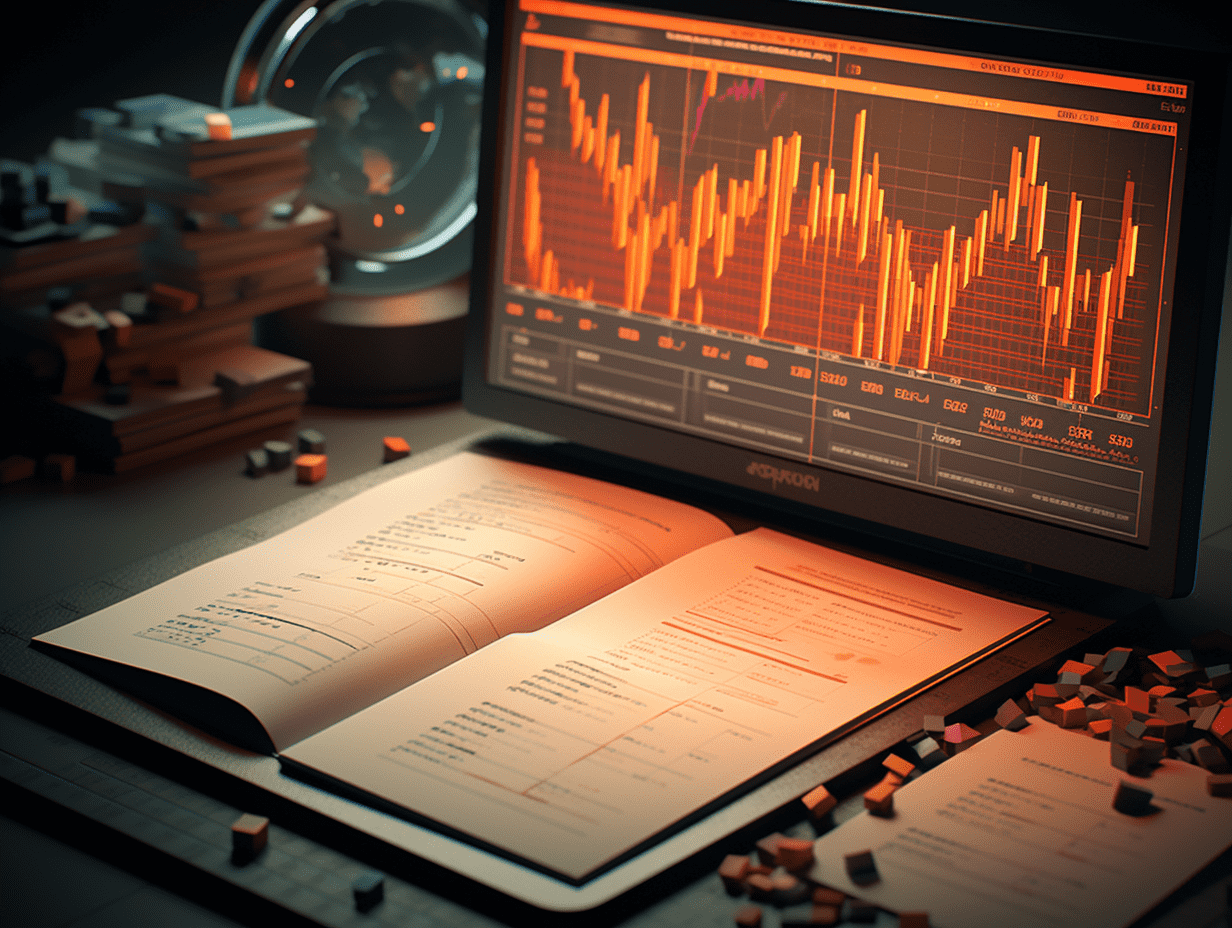
S&P 500 index sees first "death cross" in over three years, is a new round of decline beginning?
From a technical perspective, the US stock market has recently experienced what is known as a "death cross." Although it sounds ominous, this technical pattern does not necessarily mean that the market will crash. However, it does indeed signal a weakening of market momentum.
The "death cross" is a widely used technical analysis term that refers to a short-term moving average (such as the 50-day moving average) falling below a long-term moving average (such as the 200-day moving average). Specifically in this current market cycle, as of this Tuesday, the S&P 500 Index's 50-day moving average has dropped to 5,748 points, below the 200-day moving average of 5,754 points for the first "death cross" since March 2022.
It is worth noting that the last "death cross" in 2022 occurred when the Federal Reserve began raising interest rates to curb high inflation. In the following month, the S&P 500 fell by about 5%, and six months later, the decline expanded to 7%, with the largest drop reaching 12% at one point.
However, the "death cross" is not the end. By February 2023, the 50-day moving average had crossed back above the 200-day moving average, forming a bullish signal known as the "golden cross." Following this, the S&P 500 rose by about 5% within a month, and six months later, it had accumulated a 9% gain. Even in an upward trend, the market experienced pullbacks of up to 8%.
Technical analysts generally caution investors against overreacting. Douglas Busch, the founder of ChartSmarter, stated, "The death cross often occurs after most of the technical damage has already been done, making it a lagging indicator."
Katie Stockton, the founder of Fairlead Strategies, also pointed out that this technical pattern is not a precise tool for timing the market, but rather, it may influence market sentiment and shift trading strategies from "buying on dips" to "selling on rallies."
However, from a long-term perspective, the situation is not bleak. According to Dow Jones market data, in the year following the past 20 occurrences of a "death cross," the S&P 500 index eventually closed higher 80% of the time.
Currently, the biggest shadow hanging over the market is President Trump's hardline tariff policy. Investors are concerned that tariffs will raise domestic commodity prices, trigger retaliatory measures from other countries against US exports, and ultimately drag down overall economic growth. These factors are unfavorable for corporate profit growth and naturally create pressure on the stock market.
In fact, market worries have been reflected to some extent, as of the Tuesday trading session, the S&P 500 had fallen by approximately 12% from the historical high reached in February. According to Wall Street's definition, a decline of more than 10% is considered a "correction," while a drop of more than 20% enters a "bear market." Currently, the S&P 500 has not yet reached bear market territory, but it is approaching a critical support level.
Will the "death cross" of 2025 trigger a true bear market? It is currently difficult to say. Frank Cappelleri, founder of CappThesis and a market technical analyst, believes that investors should focus on the key level of 5,500 points for the S&P 500. This level represents a crucial resistance, and if broken, it may signal that the worst of the market turmoil has passed.
However, whether this level is broken depends on President Trump's policy direction. The high inflation of 2022 was caused by multiple factors, including supply chain issues stemming from the COVID-19 pandemic. The current trade war is seen as a risk deliberately created. If the president can make flexible adjustments in dealing with escalating trade frictions, it will be a key factor in determining the market's fate.
RECOMMEND
©️2013 - 2025 GMT EIGHT Holdings. All Rights Reserved.
Contact: [email protected]


